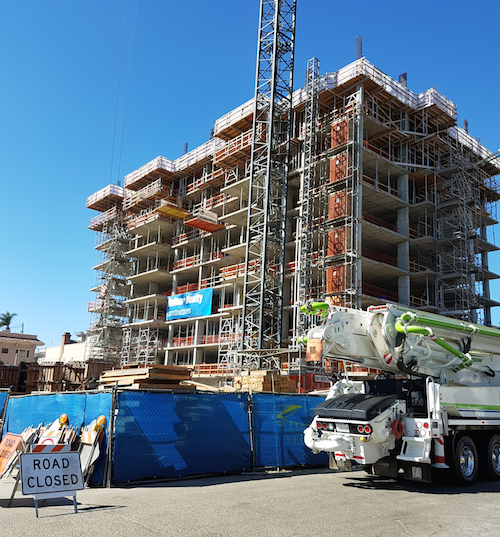Veriwolf Case Study
February 9, 2017
Veriwolf builds reporting, safety, and security solutions for the construction industry. The Veriwolf software uses RFID gateways at construction sites to track time and attendance and manage access of workers at the site. From the data that is collected, Veriwolf generates general contractor and sub-contractor daily construction reports (DCRs). These reports help construction companies, like Balfour Beatty, improve efficiencies, insurance rates and safety.
Problem
Veriwolf came to SDG Systems when it needed expertise in RFID and cloud solutions to build easy-to-use and effective software for their customers. They had a partially-complete web solution, but needed help in taking the solution across the finish line.
Some of the challenges of implementing a solution at a construction site include both physical and environmental. Power may be disrupted intermittently. Networks may go down. Workers may have wide gates through which they can go. SDG Systems was tasked with building a reliable RFID solution that would work in this challenging environment.
Solution
SDG Systems worked with Veriwolf to address these challenges and create a solution based on an embedded computer with UHF RFID, a real-time database (Firebase), and a cloud solution based on Javascript and MongoDB.

Data Collection
A key component of the solution is to collect information about the workers entry and exit on the site. This includes assigning them a RFID tag for their helmets, enrolling them in the system, and tracking them as they pass through the gates. For the proof of concept, we deployed several Thingmagic Sargas 2-port (2 RFID antenna connections) readers running Linux. The Sargas units also support GPIOs, which we are using to manage a gate lock. Our software detects the RFID tags and unlocks the gate for the workers.
The Sargas has proven to be a reliable data collection unit and has been running on 2 pilot sites (5 gates total) for a few months. The advantages to the Sargas include simplicity of operation and reliability. The disadvantages are that it is just a two-port reader, and that remote management in the construction environment is challenging. We are currently using a reverse secure shell tunnel to manage the devices.
Cloud Solution
The Sargas readers send the data that is collected (tag EPC, time, location and other information) to Firebase. Firebase is a real-time database providing synchronization, encryption, analytics and other capabilities. Having the data in Firebase enabled us to build mobile utility applications to test the gates on site, showing live results of the RFID tags going past the reader antennas. Using Firebase, the software is able to provide resiliency to connectivity loss by locally caching events during network connection outages, then automatically synchronizing the data to the remote database when the connection is restored.
Once the data is in Firebase, the server side gathers the data from Firebase and puts it into MongoDB. MongoDB provides the data storage for the main application. The data includes detailed site, contractor and worker information. In summary, the RFID-based worker data flows to Firebase, then to MongoDB and ultimate into the record-keeping forms (the DCRs) used by the general contractor of the project.
For flexibility in presenting and integrating this data, we implemented an Application Programming Interface (API) from which the web front end application manages the contractor and worker information and generates the Daily Contractor Reports (DCRs). The Veriwolf web application also provides a dashboard and event log for determine who is currently working at a site.
The Veriwolf web application is implemented using a MEAN stack (Mongo, Express, Angular, Node), written in Javascript. The server software runs in a container so a new server instance can be easily created or moved to another cloud-hosting service.
Future Enhancements
Eventually, we plan to move to a custom 4-port reader running embedded Android (or later, possibly Android Things) and using Android device management software. Android will provide additional management capability and the enhanced reader will give us the ability to better determine direction of movement.
A cloud solution provides the flexibility of adding mobile components with ease. Future plans include photos and other enhancements, increasing the value of the data being collected.